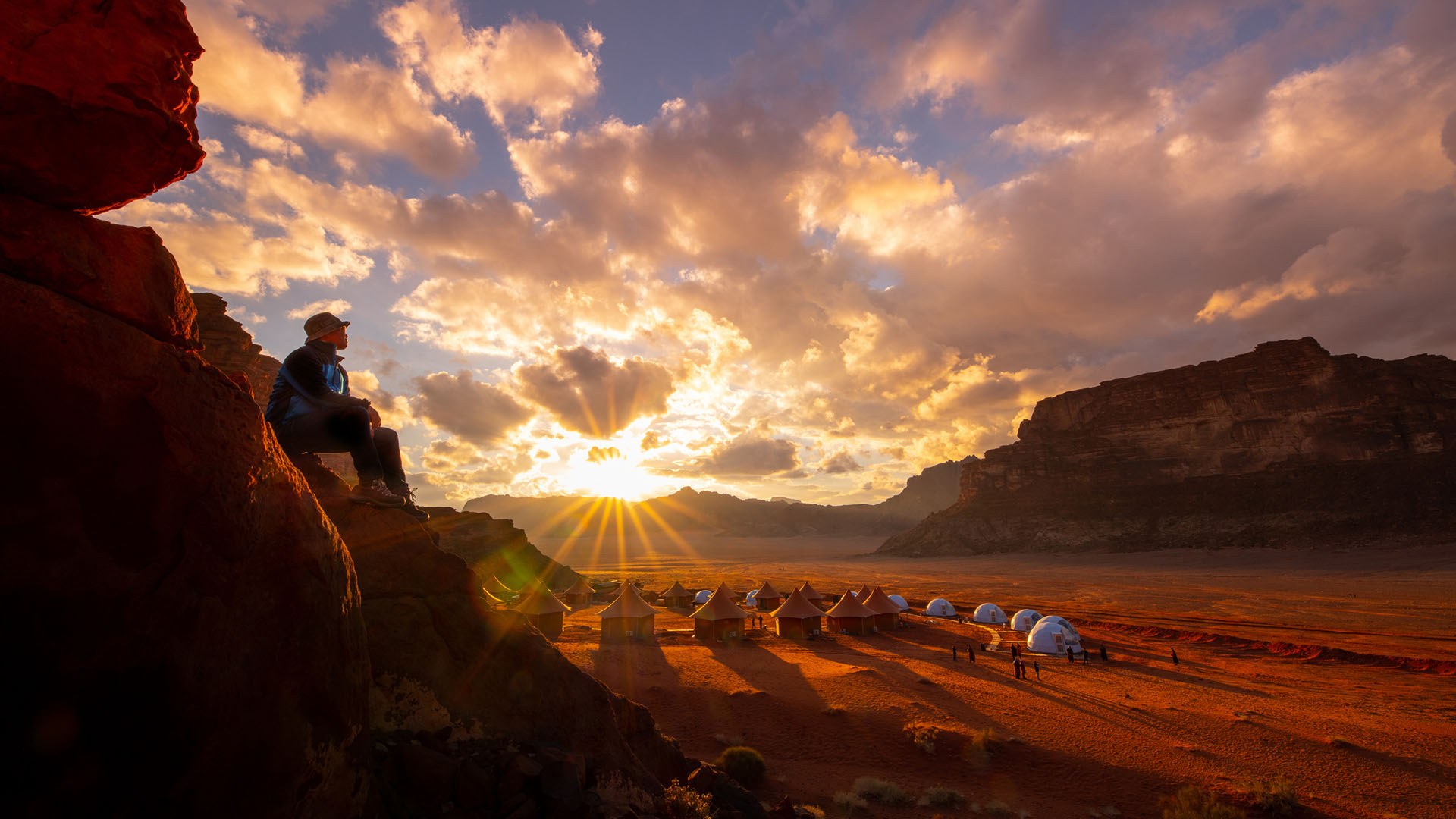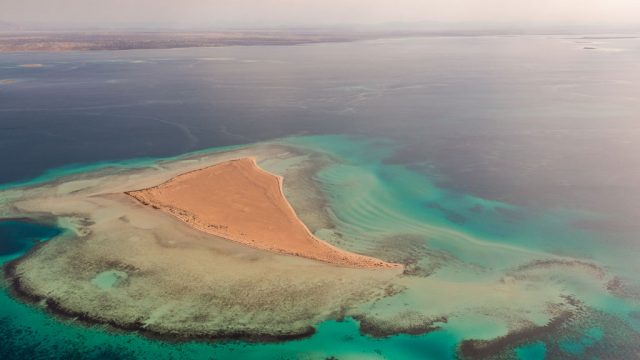Articles found in: Saudi Arabia

Busting 5 Myths About Traveling to the Middle East
Published on November 14, 2025
Busting 5 Myths About Traveling to the Middle East By Goway Travel In the West, there’s no region of the world that people misunderstand more than the Middle East. This ancient part of the world is pitched as an area of unending political conflict in the news, but the reality is much more nuanced and […]
Keep reading
Regenerating The Red Sea
Published on November 8, 2022
Regenerating The Red Sea Located on the west coast of Saudi Arabia, the Red Sea is evolving as a year-round destination with a key focus on regeneration through sustainable practices that include 100% commitment to renewable energy, modern technology to provide personalized digital services, and immersive experiences for a “true Arabian” adventure. The Red Sea […]
Keep reading
